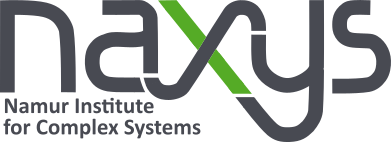
- This event has passed.
Denis Langevin (Université Clermont Auvergne)
Title: Global optimization for inverse design in nanophotonics
Abstract:
Global optimization algorithms for the inverse design of nanophotonic structures is a tool which is providing increasingly convincing results – even though the wave nature of photonic behaviours makes them particularly complex. In the meantime, the field of global optimization itself is rapidly evolving but is prone to reproducibility problems, making it harder to identify the right algorithms to use.
In this talk, I will provide a physicist’s insight into the specificities about photonic problems, and how they help or hinder us when using optimisation tools. I will present “observables” – such as spontaneous emergence of regularity or consistency curves – which are relevant for judging the reliability of an optimization and the quality of the generated solution. To support this discussion, I will draw on benchmark examples covering a broad range of topics, including 1D, 2D, 3D problems.
References:
[1] Barry, M. A., Berthier, V., Wilts, B.. D., Cambourieux, M.-C., Bennet, P., Pollès, R., Teytaud, O., Centeno, E., Biais, N., and Moreau, A., “Evolutionary algorithms converge towards evolved biological photonic structures,” Scientific reports 10(1), 1–10 (2020).
[2] Sörensen, K., “Metaheuristics—the metaphor exposed,” International Transactions in Operational Research 22(1), 3–18 (2015).
[3] Bennet, P., Langevin, D., Essoual, C., Khaireh-Walieh, A., Teytaud, O., Wiecha, P., and Moreau, A., “An illustrated tutorial on global optimization in nanophotonics,” (2023).
This seminar will take place in Room S08 at the Faculty of Sciences.

